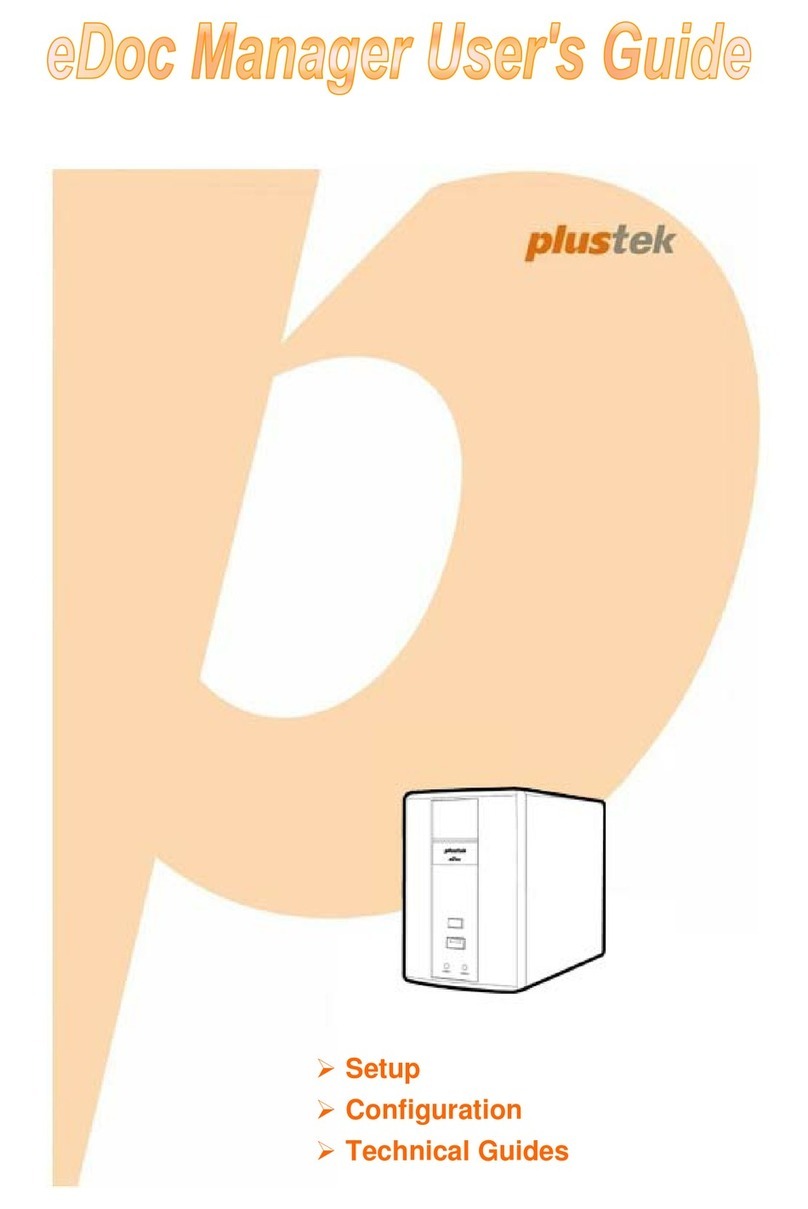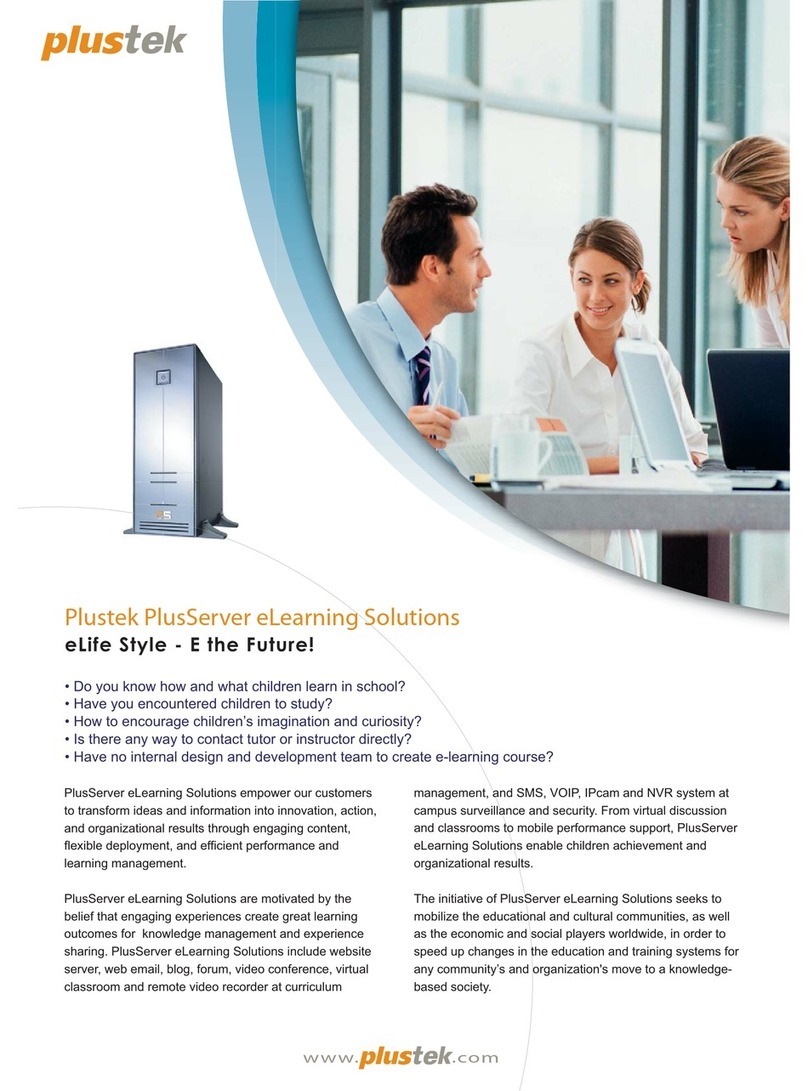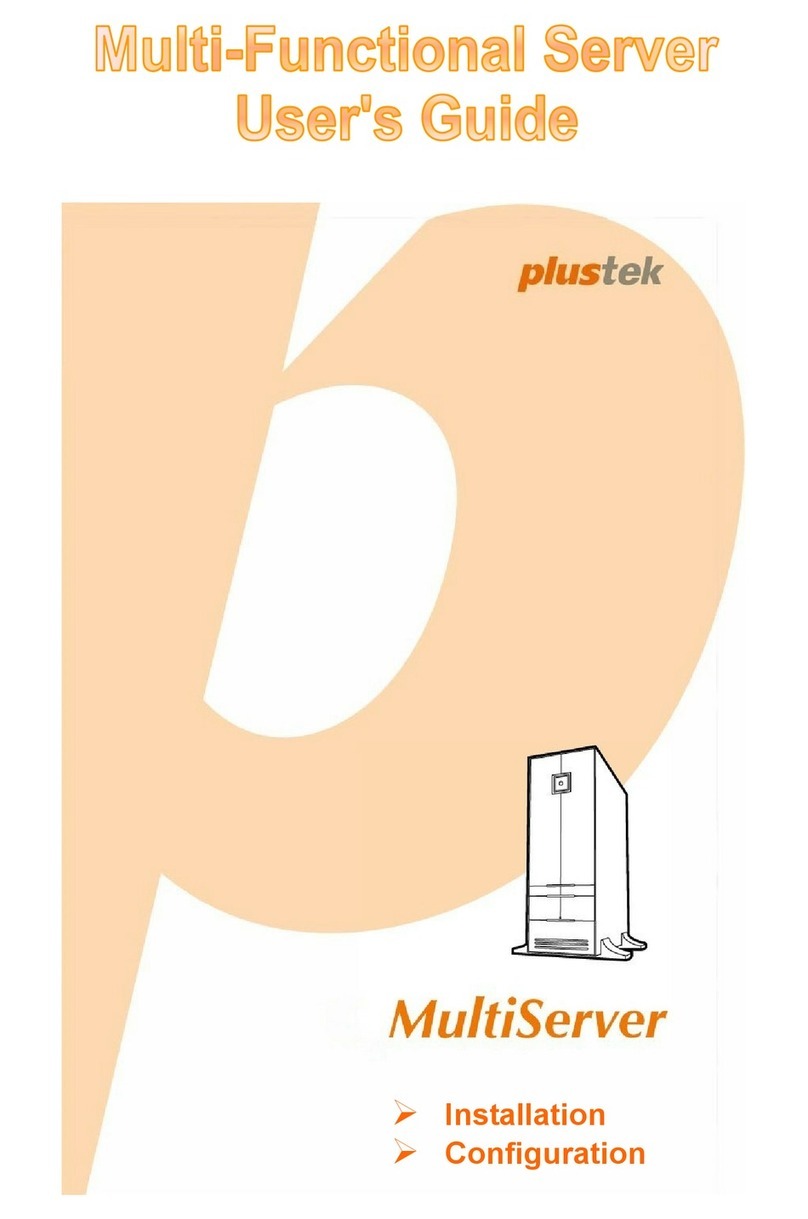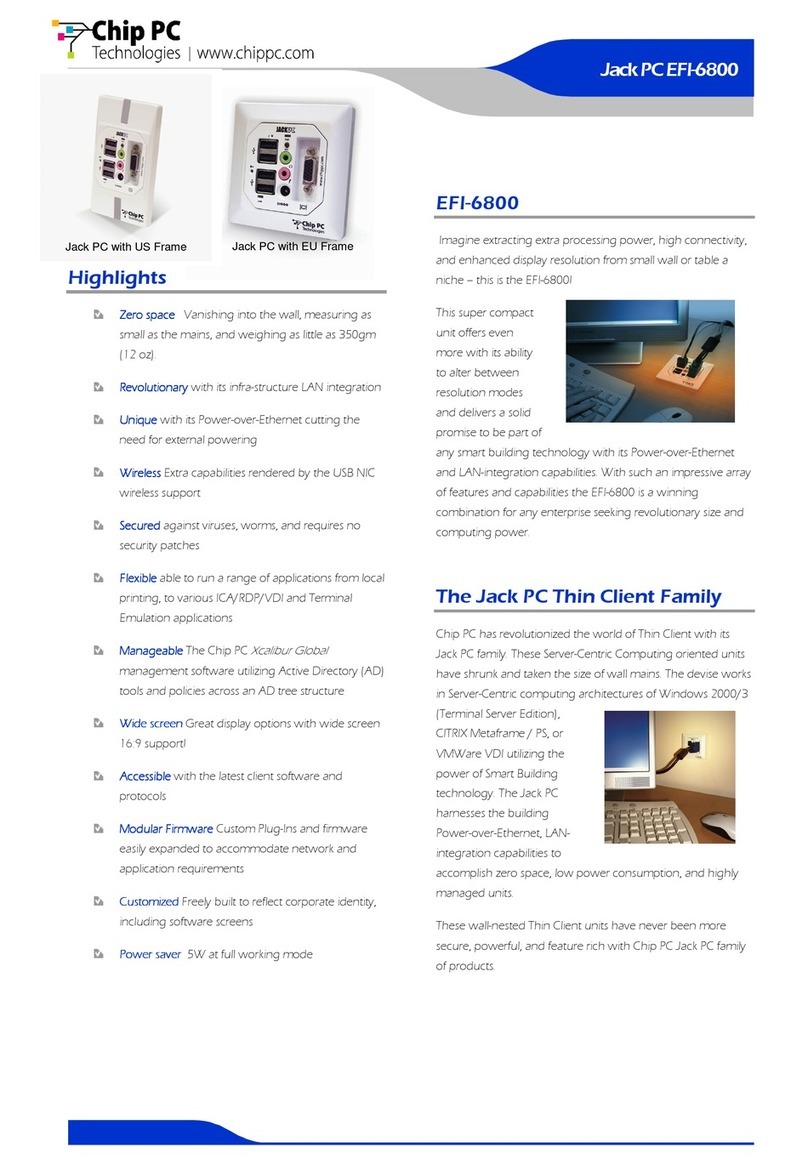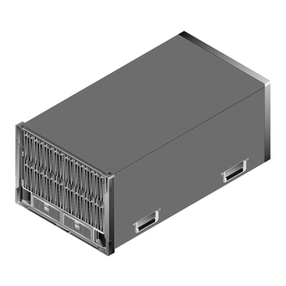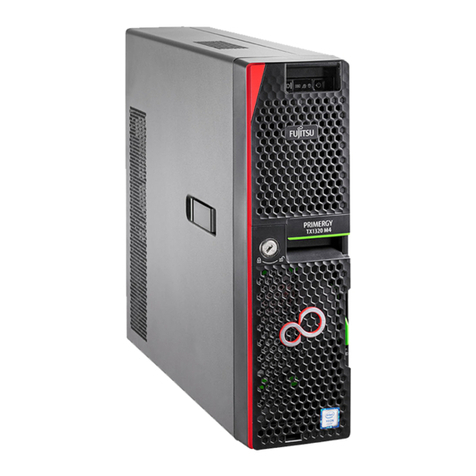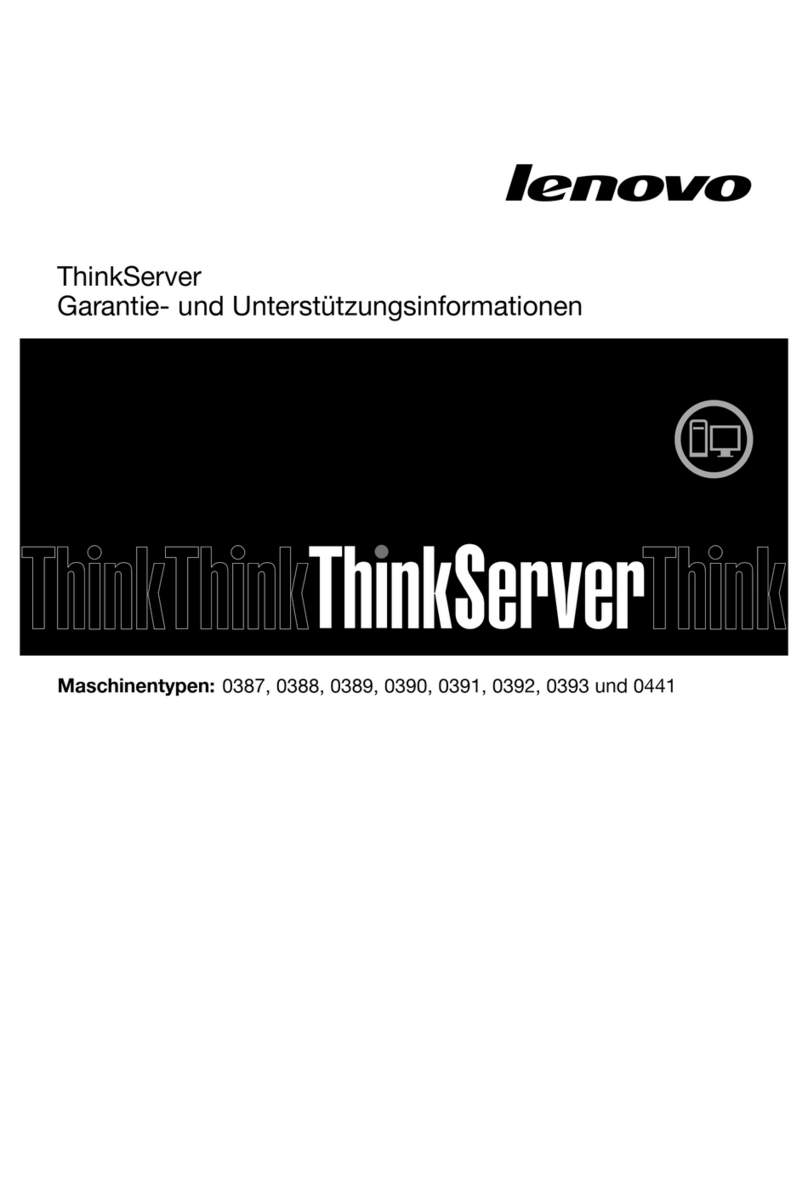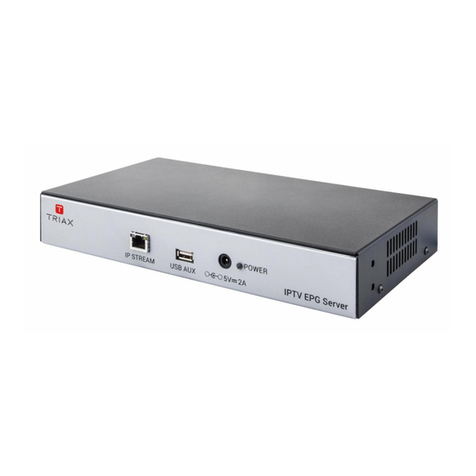Plustek MINISTATION MFA500 User manual

Installation
Configuration

Trademarks
© 2009 Plustek Inc. All rights are reserved. No portion of this document may be
reproduced without permission.
All trademarks and brand names mentioned in this publication are property of their
respective owners.
Liability
While all efforts have been made to ensure the accuracy of all contents in this
manual, we assume no liability for errors or omissions or by statements of any kind
in this manual, whether such errors are omissions or statements resulting from
negligence, accidents, or any other cause. The contents of this manual are subject
to change without notice.
Environmental Information
The product is designed and produced to achieve sustainable environmental
improvement. We strive to produce products in compliance with global
environmental standards. Please consult your local authorities for proper disposal.
The product packaging is recyclable.
Attention for recycling (For EU country only)
Protect your environment! This product should not be thrown into the household
waste container. Please give it to the free collecting center in your community.
Screen Examples in This Manual
The screenshots in this guide were made with Windows XP. If you are using
Windows 2000 or Vista, your screen will look somewhat different, but functions are
the same.

i
Table of Contents
INTRODUCTION..........................................................................................................................1
HOW TO USE THIS GUIDE...........................................................................................................1
Conventions of This Guide................................................................................................... 2
A Note about Icons............................................................................................................... 2
Safety Precautions................................................................................................................ 2
OPERATING ENVIRONMENT REQUIREMENTS ............................................................................. 3
PACKAGE CONTENTS..................................................................................................................4
PRODUCT OVERVIEW..................................................................................................................4
CHAPTER 1: INSTALLING THE SERVER.............................................................................6
INSTALLATION REQUIREMENTS..................................................................................................6
INSTALLING HARD DISK DRIVE .................................................................................................6
INSTALLING THE FOOT STAND ...................................................................................................7
MAKING THE CONNECTIONS ......................................................................................................7
POWERING ON............................................................................................................................8
CONFIGURING NETWORK SETTINGS .......................................................................................... 8
SETTING UP WITH WEB BROWSER............................................................................................10
LOGGING IN THE ADMINISTRATOR’S INTERFACE ....................................................................10
INSTALLATION CD ................................................................................................................... 11
CHAPTER 2: SETUP WIZARD................................................................................................12
INITIAL SETUP OF THE SERVER.................................................................................................12
LOGGING IN ADMINISTRATOR LOGIN WINDOW.......................................................................12
CHANGING ADMINISTRATOR’S PASSWORD ............................................................................. 13
TYPE OF CONNECTION..............................................................................................................13
DNS SETTINGS.........................................................................................................................14
DOMAIN NAME SETTINGS ........................................................................................................15
TIME SETTINGS.........................................................................................................................16
REGISTRATION..........................................................................................................................17
USER ACCOUNTS......................................................................................................................17
CHAPTER 3: STANDARD SETTINGS ...................................................................................19
ADMINISTRATOR’S SETTINGS...................................................................................................19
Admin’s Settings.................................................................................................................19
Default User Settings......................................................................................................... 21
Bug Report .........................................................................................................................23
Registration........................................................................................................................ 24
NETWORK SETTINGS ................................................................................................................25
Internet Connection Settings.............................................................................................. 25
Domain Name Settings.......................................................................................................26
Intranet Network Settings ..................................................................................................27
Firewall..............................................................................................................................28
Virtual Server and DMZ.....................................................................................................30
USER MANAGEMENT................................................................................................................ 31
User Accounts....................................................................................................................31
Service Permissions ...........................................................................................................33

ii
New User Account..............................................................................................................34
New User Accounts in Batch..............................................................................................35
Internal User Group........................................................................................................... 36
SYSTEM MANAGEMENT ...........................................................................................................37
System Information ............................................................................................................ 37
Backup and Update............................................................................................................38
Disk Management .............................................................................................................. 43
Time Settings ......................................................................................................................44
Bandwidth Management ....................................................................................................45
SERVER MANAGEMENT ............................................................................................................46
Service List.........................................................................................................................46
MySQL Server....................................................................................................................47
FTP Server .........................................................................................................................49
Setting Up FTP Network Disk................................................................................. 50
Mail Server.........................................................................................................................57
Mail Server Setup...................................................................................................... 57
Mail Filter....................................................................................................................59
Virus Filter.............................................................................................................60
Spam Filter ...........................................................................................................61
Email White List...................................................................................................62
Black List ..............................................................................................................63
SAMBA Server.................................................................................................................... 64
CHAPTER 4: CONFIGURING USER INTERFACE.............................................................66
LOGGING IN USER LOGIN WINDOW......................................................................................... 66
MAIL FUNCTION .......................................................................................................................67
Mailbox Status....................................................................................................................67
Email Fetching...................................................................................................................68
Email Forwarding..............................................................................................................69
Auto Reply.......................................................................................................................... 70
Recipient Group .................................................................................................................71
Webmail..............................................................................................................................71
Logging In Web Mail Login Window.......................................................................71
PASSWORD SETTINGS ...............................................................................................................72
FTP...........................................................................................................................................73
CHAPTER 5: CONFIGURING WEB MAIL...........................................................................75
CHAPTER 6: CONFIGURING EMAIL SERVER..................................................................79
APPENDIX A: HOW TO CHECK MAC ADDRESS..............................................................82
APPENDIX B: HOW TOAPPLY FORA FREE PLUSNET DYNAMIC DOMAIN NAME
........................................................................................................................................................83
APPENDIX C: PRODUCT SPECIFICATIONS......................................................................85
APPENDIX D: FCC RADIO FREQUENCY STATEMENT..................................................87
CONTACTING PLUSTEK.........................................................................................................88

1
Introduction
This server is specifically designed for small/medium enterprises, SOHO, schools and
internet-related product design industries. It provides an overall business solution that
is highly stable and easy to operate with low costs. The web management interface
and icon designs are very user-friendly for general users to easily configure the Server
settings. It is the best tool for small and medium enterprises to increase work efficiency
and decrease operation risk.
How to Use This Guide
This User’s Guide provides instructions and illustrations on how to install and operate
your server. This guide assumes the user is familiar with Microsoft Windows operation
system. If this is not the case, we suggest you learn more about Microsoft Windows by
referring to your Microsoft Windows manual before using your server.
The Introduction section of this manual describes the operating environment
requirements and box contents to use this Server. Before you start installing your
server, check the box contents to make sure all parts are included. If any items are
damaged or missing, please contact the vendor where you purchased your server or our
customer service directly.
Chapter 1 describes how to install the Server and connect the Server to your computer.
Chapter 2 describes how to setup your server.
Chapter 3 describes how to configure the Standard Settings of the server.
Chapter 4 describes how to configure the user interface.
Chapter 5 describes how to configure Web Mail.
Chapter 6 describes how to configure Email server.
Appendix A describes how to check the MAC Address.
Appendix B describes how to apply for a free PlusNet dynamic domain name.
Appendix C describes the product specifications of the Server you purchased.
Appendix D describes FCC statement concerning the product.

Conventions of This Guide
“XXX” — Represents the buttons on the Server and important notes.
Bold — Represents commands or contents on your computer screen.
A Note about Icons
This guide uses the following icons to point out information that deserves special
attention.
Warning
Warning: A procedure that must be followed carefully to
prevent injury or accidents.
Attention
Attention: Instructions that are important to remember
and may prevent mistakes.
Information Information: Optional tips for your reference.
Safety Precautions
Information
To ensure the proper operation of the server, read the following
precautions carefully. Store the user’s guide at a proper place.
Read the user’s guide for further assistance if you encounter
any problems while using the unit.
Please note the following precautions when you choose a storage location for the
Server:
Place the Server on an even surface.
Keep the Server in a cool and ventilated environment. Please avoid direct
sunlight and any sources of heat.
2

Keep the area clear and dust-free during and after installation.
The installation of the Server should obey the national and local electrical
codes.
Make sure the Server can be connected via cable and can be accessed by
you for future configurations.
Do not place or stack any objects directly on top of the Server.
Do not attempt to dismantle or replace the hard disk drive to prevent the
system from being damaged or malfunctioned.
Do not replace incorrect type of battery on the Server main board. There is
risk of explosion if the battery is replaced by an incorrect type. Dispose of
used batteries according to the instructions.
Warning
It is extremely important that you use the
foot stand to put the Server in an upright
position while using the server, or the
system might become unstable. Any
damages caused are not included in the
warranty coverage.
The Server is equipped with a built-in CF
Card (Compact Flash Card) to save all the
application programs running on the
Server. Do not attempt to dismantle or
replace the CF Card (Compact Flash Card)
to avoid the system being damaged or
malfunctioned. Risk of system damage or
malfunction might occur. Any damages
caused by the prohibited CF Card (Compact
Flash Card) replacement are not included in
the warranty coverage.
Operating Environment Requirements
Please make sure the Server is deployed under the following environmental conditions:
3
Operating Temperature 5°C~40°C
Storage Temperature -40°C ~60°C
Humidity Max. 90%

Package Contents
The product package contents include the following items:
Server
Foot stand
Power cord
Installation CD
If the package content does not include all the items listed above, please contact your
server dealer for further assistance.
Product Overview
Front View
1. Power button: Press this button to turn the Server ON or OFF.
Side View
2. Server cover
4

Rear View
3. WAN port: It is where you connect your ADSL modem.
4. LAN port: It is where you connect your PC.
5. Two USB 2.0 ports: It is where you connect the USB 2.0 device.
6. Power port: It is where you connect the included power cable to a standard power
outlet.
5

Chapter 1: Installing the Server
Installation Requirements
The installation requirements of the Server include the followings:
1. Power outlet.
2. Internet connection provided by a local Internet Service Provider (ISP).
Valid user account and user password.
Network parameters include the fixed Internet IP address, the subnet mask
of your network and the default gateway. Please obtain the network
parameters from your local Internet service provider.
Make sure your Internet connection is successfully connected. Please
consult your local ISP for additional support if you encounter any problem.
3. Suitable cables for connections to LAN and Internet.
4. A domain name if a web site is planned.
5. A personal computer (equipped with 10/100BaseT Network interface card) supports
either Internet Explorer 5.5 or Netscape 5.0 and above to configure the Server.
6. Before you begin to install, it is strongly recommended that you install a 2.5-inch hard
disk drive into the Server. You may consult your dealer for availability.
Installing Hard Disk Drive
If you have purchased a 2.5-inch hard disk drive, please install it before you power on
the Server. The system supports SATA interface, 2.5 inch and up to 750 GB hard disk.
Before you install the hard disk drive, please backup the data stored in the hard disk
drive if there is any. After the installation is completed, the Server will automatically
format the hard disk drive. It takes time to format the hard disk drive. For example, it
takes about 1 hour to format a 500 GB hard disk drive.
Attention Hard disk HDD Jumper must be set to the Master mode.
6
Please follow the procedures below to install the hard disk drive:

7
1. Use a screwdriver to open the cover located on the side of the Server.
2. Connect the SATA adaptor and the power source.
3. Slide the hard disk drive into the slot.
4. Tighten the two screws firmly on the side of the hard disk drive to secure the hard disk
drive.
5. Close the lid. Tighten the screw to secure the cover.
Installing the Foot Stand
Place the Server upside down and follow the steps below to install the foot stand:
1. Aim the tabs on the foot stand at the notches on the bottom of the Server, with the
arrow on the foot stand toward the bottom plate of the Server.
2. Insert the tabs on the foot stand into the notches on the bottom of the Server.
3. Press the foot stand toward the bottom plate of the Server until it snaps into place.
Making the Connections
1. Connecting the power
Plug the receptacle end of the power cord into the power socket on the rear
panel of the Server.
Plug the other end of the power cord into a standard power outlet.
2. Connecting a PC directly to the Server (for the initial setup).
Please connect a cable from the LAN port on the PC to the LAN port on the
rear panel of the Server.
(To connect the ADSL modem to the Server, wait until after you finish Setup
Wizard process.)
3. Connecting the whole network
Connect a network cable from ADSL modem to the WAN port on the rear
panel of the Server.
Connect a network cable from the Hub to the LAN port on the rear panel of
the Server.
Connect a network cable from the Hub to the LAN port on the PC.

8
Powering On
Press the Power button on the front panel of the Server to power on the Server. When a
power source is connected to the Server, the blue light around the power button is on.
The indicator light is off when the power is off.
Configuring Network Settings
After both power and network are connected, you may start to configure the network
settings.
You can configure the Server via the web browser on any PC. Before you begin to
configure your Server via the web browser, please contact your ISP to obtain the
following values:
The fixed Internet IP address assigned to the Server
The subnet mask of your network
The default gateway
You are allowed to configure the Server from the browser via any PC. Since the default
network settings of the Server is configured to DHCP for LAN IP assignment, please set
your PC configurations to allow your PC obtaining an IP address from the Server. Make
sure the network connection setting for your PC is configured to Obtain an IP address
automatically, and Obtain DNS server address automatically. For XP operation
system users, follow the steps below to configure:
1. Select Start > Connect To > Show all connections.
2. Right-click the Network Connection icon in the window, and select Properties.
3. Select Internet Protocol (TCP/IP) in the window that displays, and press Properties
and OK.

4. Enable Obtain an IP address automatically and Obtain DNS server address
automatically. Press OK.
5. Press OK to complete the network connection setting.
Refer to the Operating System User Manual if you encounter problems.
To assign a fixed IP address to your PC, configure the PC’s IP address within the range
from 192.168.0.2 to 192.168.0.254 and the subnet mask as 255.255.255.0. The default
gateway address is 192.168.0.1.
9

10
You have to assign a fixed IP address to the Server to avoid IP address confliction when
you already have a DHCP server other than this server in your LAN. Please revise the
default IP address according to your local DHCP server settings.
Setting up with Web Browser
The setup process is performed through a web browser running on a computer in your
network. After you complete the setup process, the Server can be managed from any
computer on the network via the web browser. To avoid the control of the Internet being
taken by your PC over the Server, before you start to configure the Server via your PC,
please make sure that the Server is powered on.
Logging in the Administrator’s Interface
You can log in the Server via the administrator’s interface via the web browser, and turn
on the administrator’s functions without the pre-installed hard disk drive. The purpose
for this is to make sure the system operate properly. However, it is strongly
recommended that you install a hard disk drive to achieve the best server performance.
All data can’t be saved if the hard disk drive is not installed.
Logging in http://192.168.0.1/admin/ as Server Administrator
To log in as an administrator, enter the default IP address
http://192.168.0.1/admin/ in the URL field of your web browser and press
Return (or Enter) on your keyboard. Administrator interface is designed for
administrators to configure the server management functions.
Logging in http://192.168.0.1/user/ as an individual User
To log in as a user, enter the default IP address http://192.168.0.1/user/ in the
URL field of your browser and press Return (or Enter) on your keyboard. User
Interface is designed for personal users to change personal passwords and
configure the personal email management functions.

Installation CD
The installation CD contains quick installation tools that are designed for system
administrators to install applications of the Server’s User management interface and
Web Mail management interface into PCs on LAN.
Insert the enclosed installation CD into the CD-ROM drive of your PC. Select a language
for the interface, and select Install user interface. Follow the on-screen installation
procedure. When the “Network changed to DHCP” message is displayed, press OK
to confirm. After the installation is completed, your PC will restart again if the operation
system of your PC is Windows 95, 98 or ME.
After the installation is completed, the system will launch the IE browser automatically,
and link to http://192.168.0.1/user/. If you intend to log in the administrator’s interface,
change the URL path to http://192.168.0.1/admin/.
Also, after the installation is completed, you can click the MFA500 User UI shortcut icon
as shown below on the PC desktop to log in the User management interface, and click
the MFA500 Webmail shortcut icon as shown below on the PC desktop to log in Web
Mail management interface.
11

12
Chapter 2: Setup Wizard
Initial Setup of the Server
When you configure the Server for the initial setup or when the factory default values are
restored, the Setup Wizard will run automatically to guide you through the entire setup
process. Since the Server provides two setup modes for administrators to configure the
Server settings, administrators may choose Standard Settings in addition to Setup
Wizard.
Logging in Administrator Login Window
Follow the steps below to log in Administrator Login page:
1. Launch a standard web browser on a computer connected to the network. (Make sure
the computer you are using supports either Microsoft Internet Explorer 5.5 or
Netscape 5.0 and above.)
2. Enter the default IP address http://192.168.0.1/admin and press Enter key on your
keyboard. The Administrator Login page will be displayed on the screen.
3. Enter the default Username and Password.The default administrator’s username is
admin (cannot be changed), and the default password is 1111 (can be changed).
4. Select the desired interface Language as English. Click OK to log in the Server and
the Setup Wizard will automatically guide you through the initial setup process.

Changing Administrator’s Password
You may change the administrator password in the Administrator’s Password window.
Enter the factory default password 1111 in Original Password first and then enter the
New Password. Enter the new password again in the field of Confirm Password to
confirm, and press Next. The password can be a combination of number and
alphabets.
Type of Connection
Choose the type of connection. There are three options: Cable, Dialup ADSL, and
Fixed IP.
1. If you select Cable, click Next to configure DNS Settings.
13

2. If you select Dialup ADSL, enter PPPoE Settings,including Account and Password.
Click Next.
3. If you select Fixed IP, enter Internet Connection Settings, including IP address,
Netmask and Gateway. Click Next to continue the configurations.
DNS Settings
1. For the first-time users, it is recommended that you select Obtain DNS server
address automatically.
2. If you choose Fixed IP address, enter Preferred DNS server address and Alternate
DNS server address. Click Next to configure Domain Name Settings.
14

Domain Name Settings
Domain Name Settings allow you to assign a domain name for the Server. You may
enter a static domain name specific to your network use, or use the dynamic domain
name service provided by your local ISP.
Static Domain Name: Select Static Domain Name and enter the domain name that
you have applied successfully.
Dynamic Domain Name: Select the service provider of your dynamic domain name and
enter the domain name and related account information.
Before you apply for the dynamic domain name services (dialup ADSL or Cable), confirm
with your ISP if they offer the services. You can apply for the dynamic domain name
services from the following websites: www.pn99.com, www.twnic.net, www.dyndns.org,
www.tzo.com, www.oray.cn, www.3322.org, or you can click PlusNet to apply for the
dynamic domain name services.
PlusNet Dynamic DNS system provided by the Server is specially designed for the users
of the Server. All domain names and passwords applied from PlusNet Dynamic DNS
system can only be used on this Server since they cannot be used on other systems or
PCs. Please refer to Appendix B on the steps to apply for the domain names and
passwords from PlusNet Dynamic DNS system.
15

Time Settings
You are able to configure system time and time zone. Click Show current time button
to display the current system date/ time before you adjust the system time. You can
manually enter the correct system time and then click Set.
You can select the time zone of your region from the drop-down menu. Changes of the
time zone will convert the system time to a system time that matches the modified time
zone settings. Click Next to continue the configurations.
16
Table of contents
Other Plustek Server manuals
Popular Server manuals by other brands
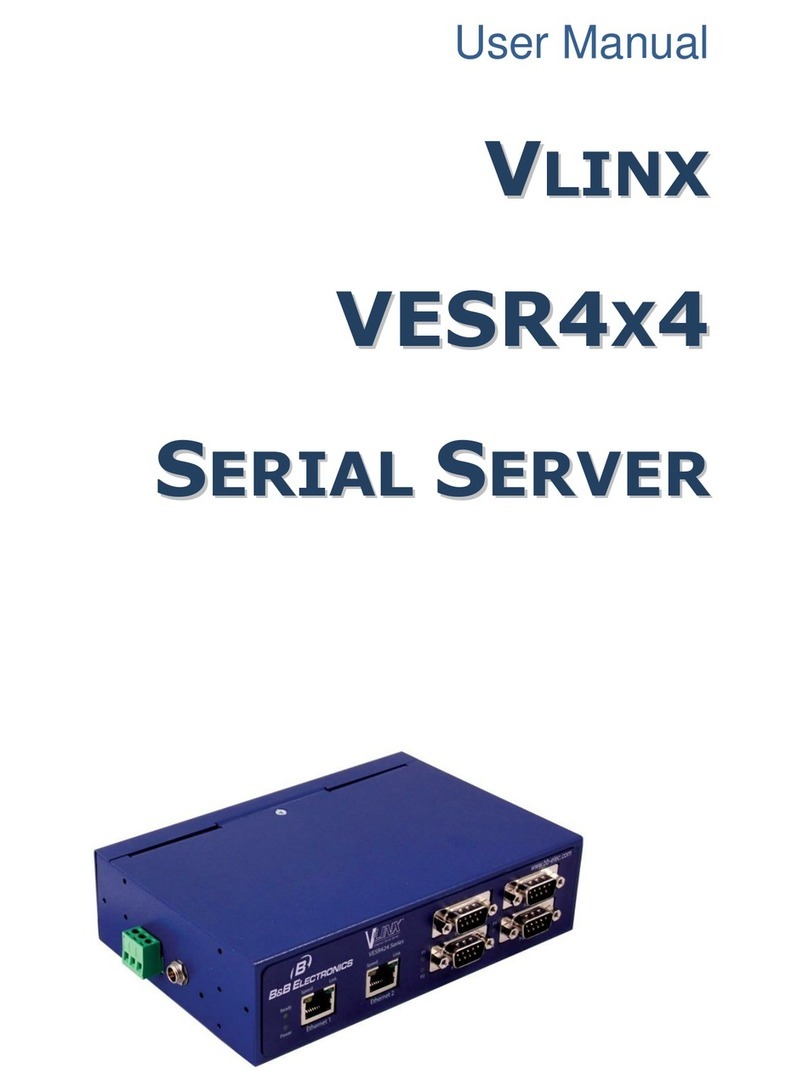
B&B
B&B VESR4X4 user manual
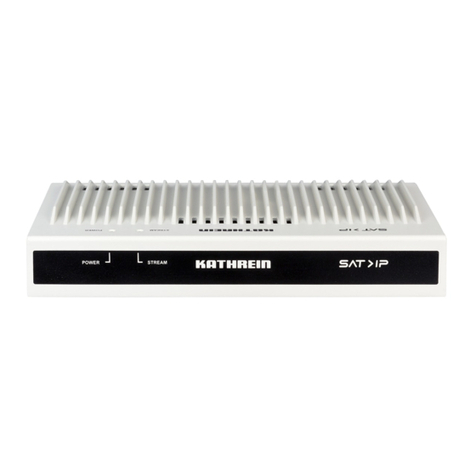
Kathrein
Kathrein EXIP 4124 Quick start quide
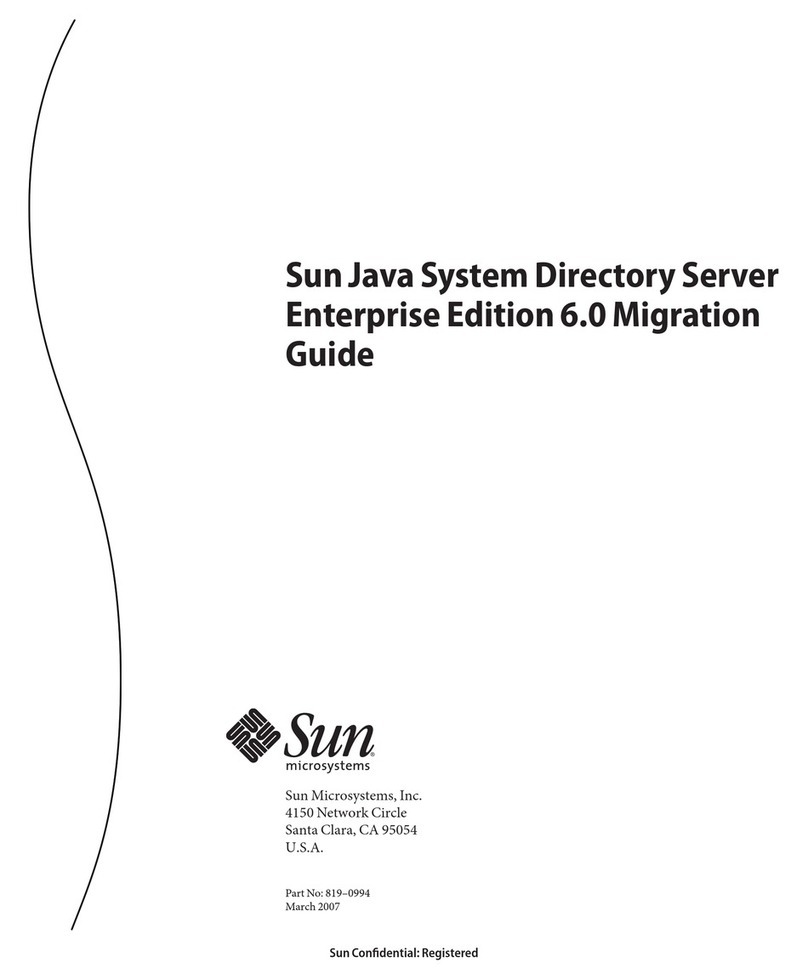
Sun Microsystems
Sun Microsystems Sun Java SystemDirectory Server Migration giude
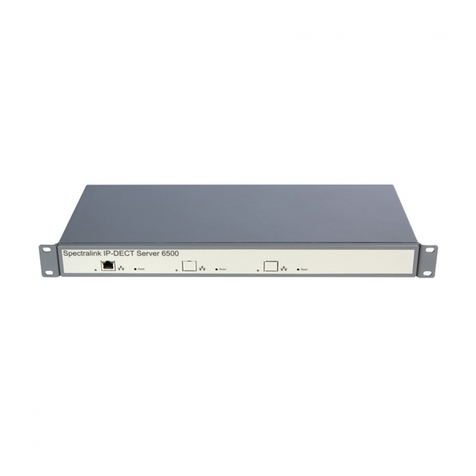
SpectraLink
SpectraLink IP-DECT SERVER 400 Interoperability guide
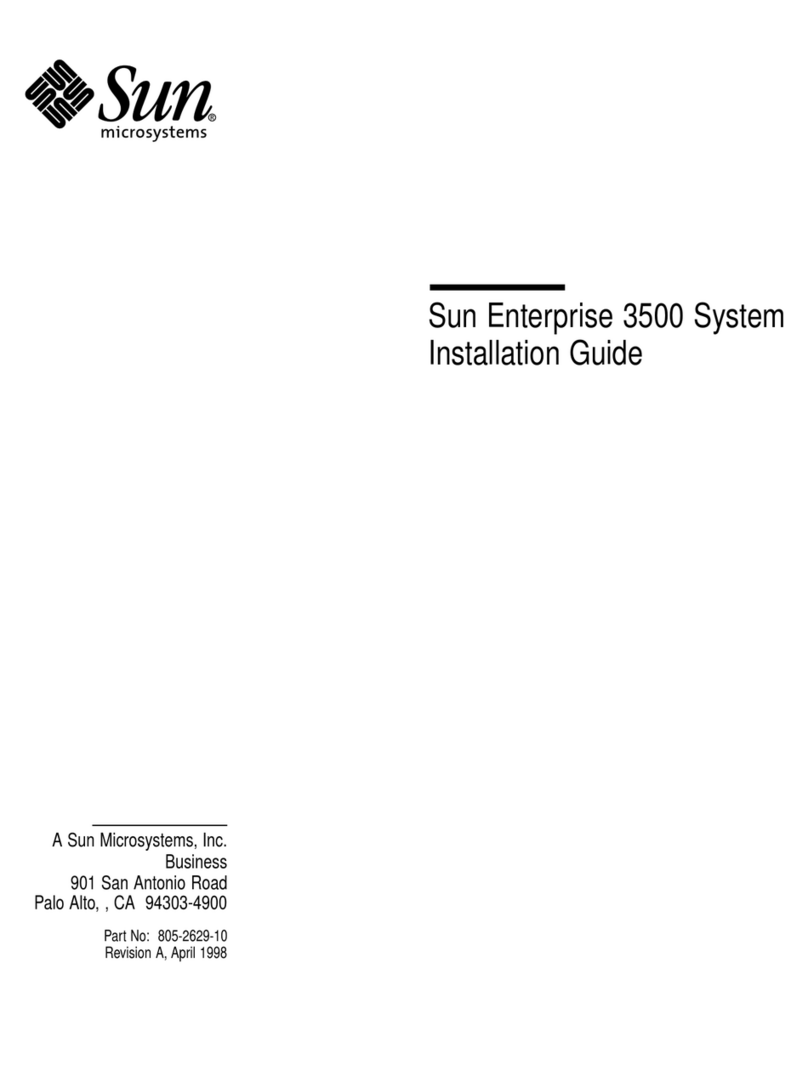
Sun Microsystems
Sun Microsystems Enterprise 3500 installation guide
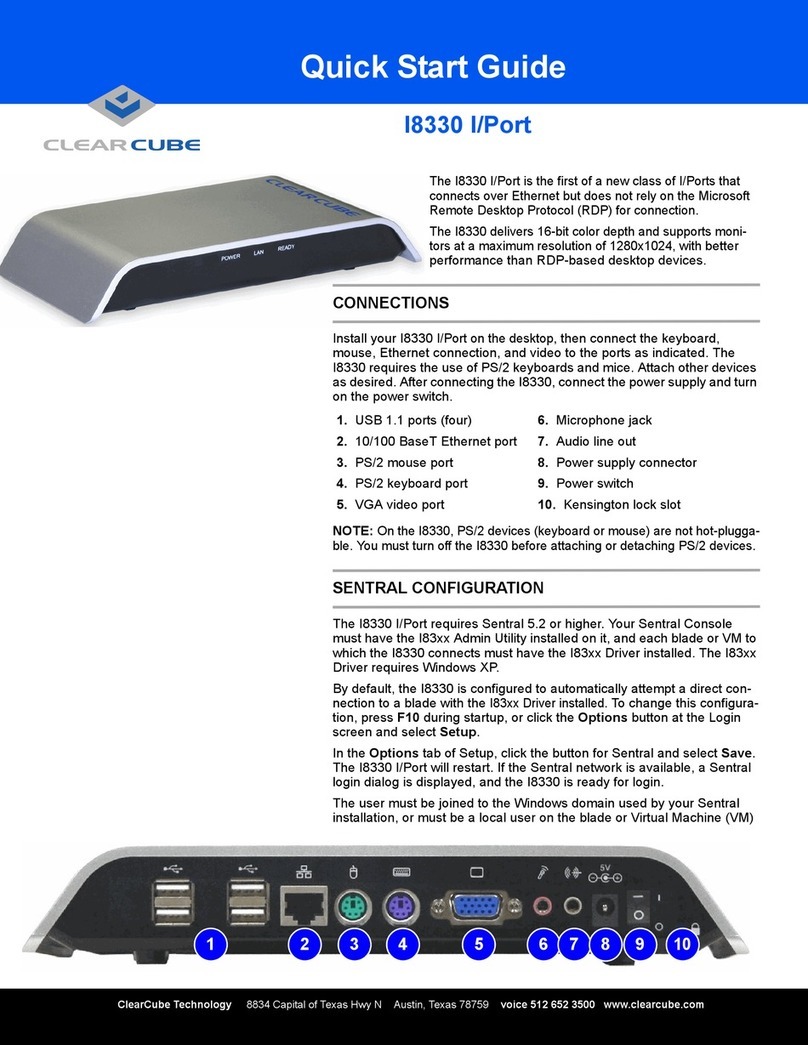
ClearCube
ClearCube I8330 quick start guide
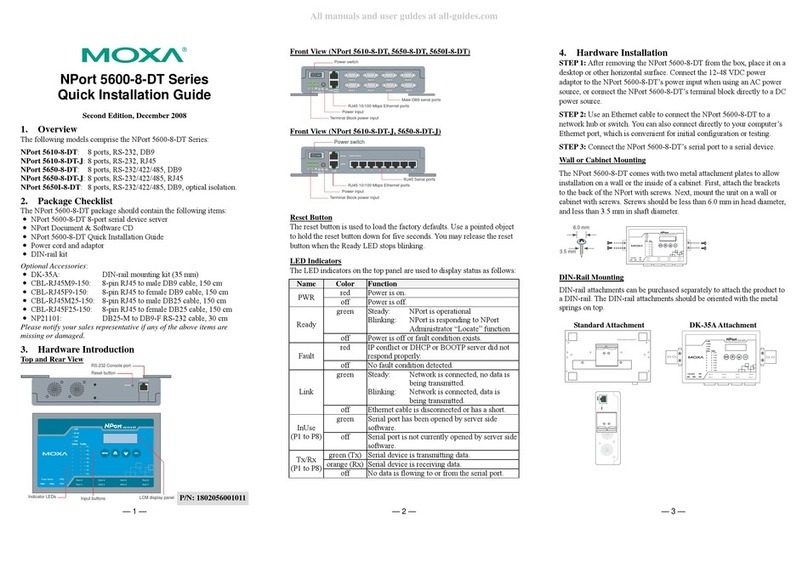
Moxa Technologies
Moxa Technologies NPort 5600-8-DT Quick installation guide

Dell
Dell PowerEdge M620 owner's manual
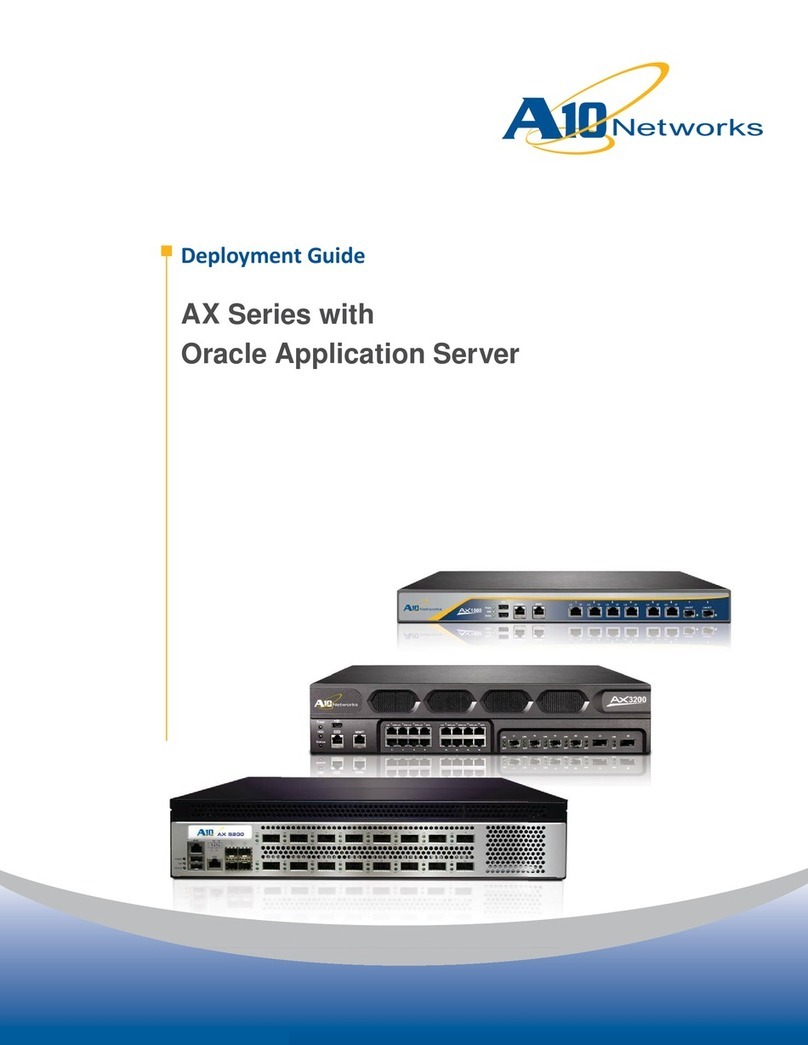
A10 Networks
A10 Networks AX Series Deployment guide
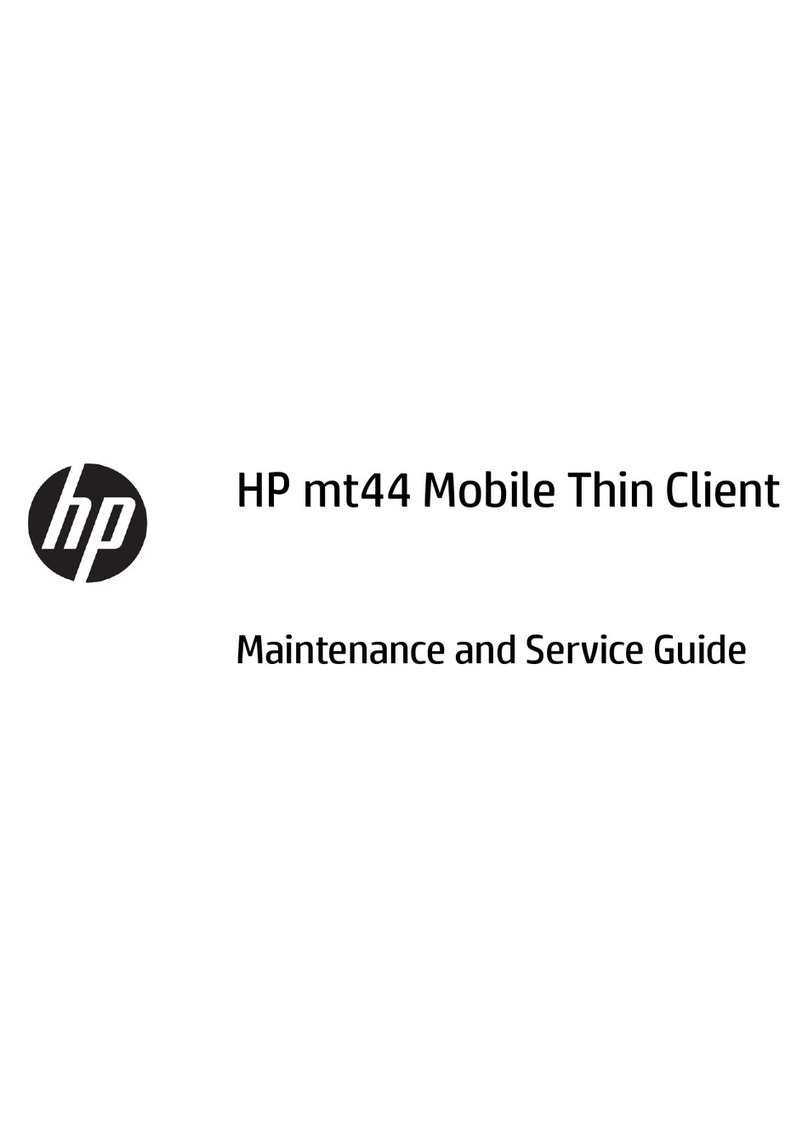
HP
HP mt44 Maintenance and service guide
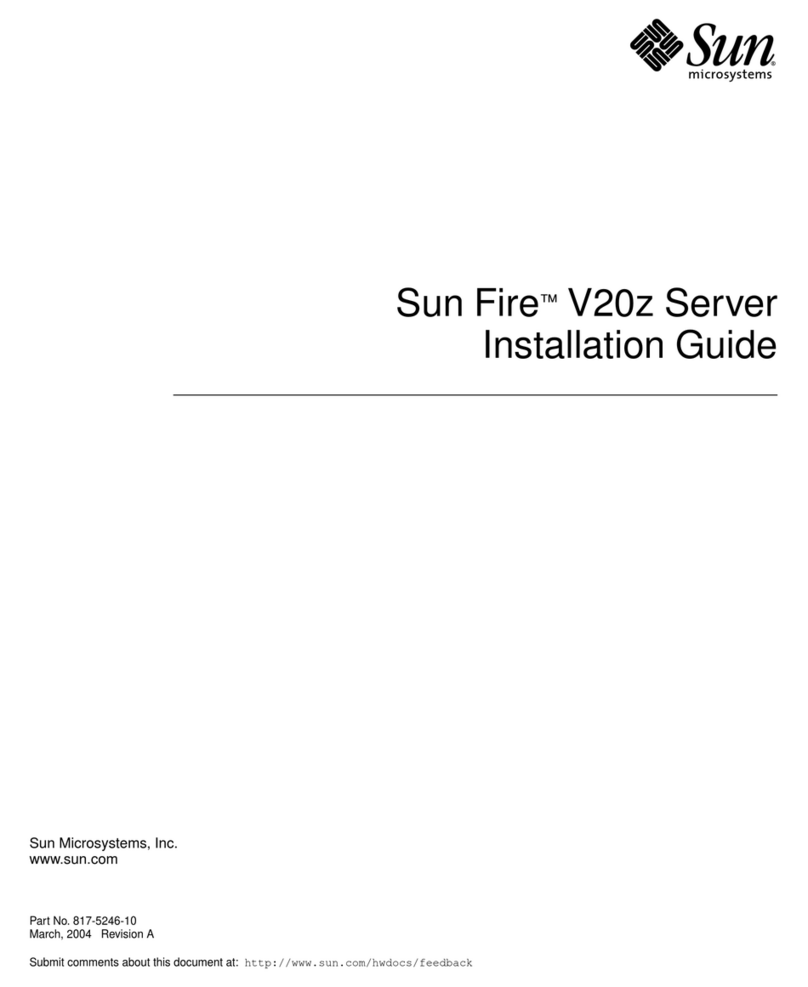
Sun Microsystems
Sun Microsystems Sun Fire V20z installation guide
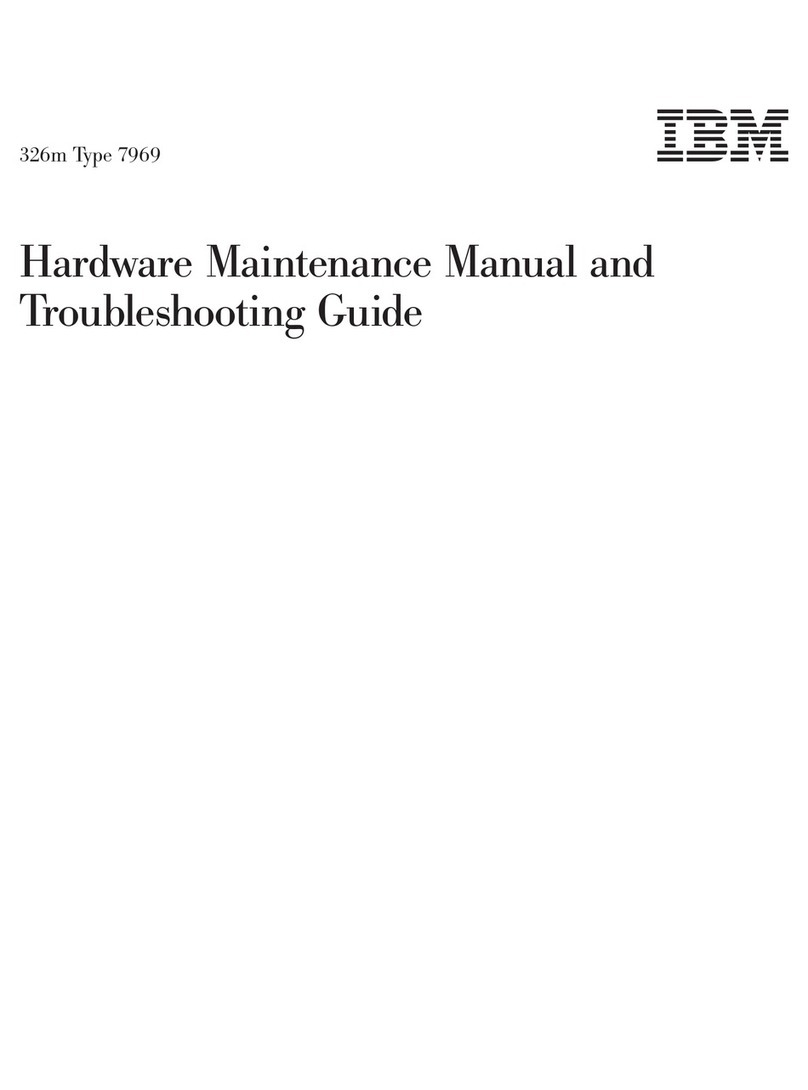
IBM
IBM 326m - eServer - 7969 Hardware Maintenance Manual
